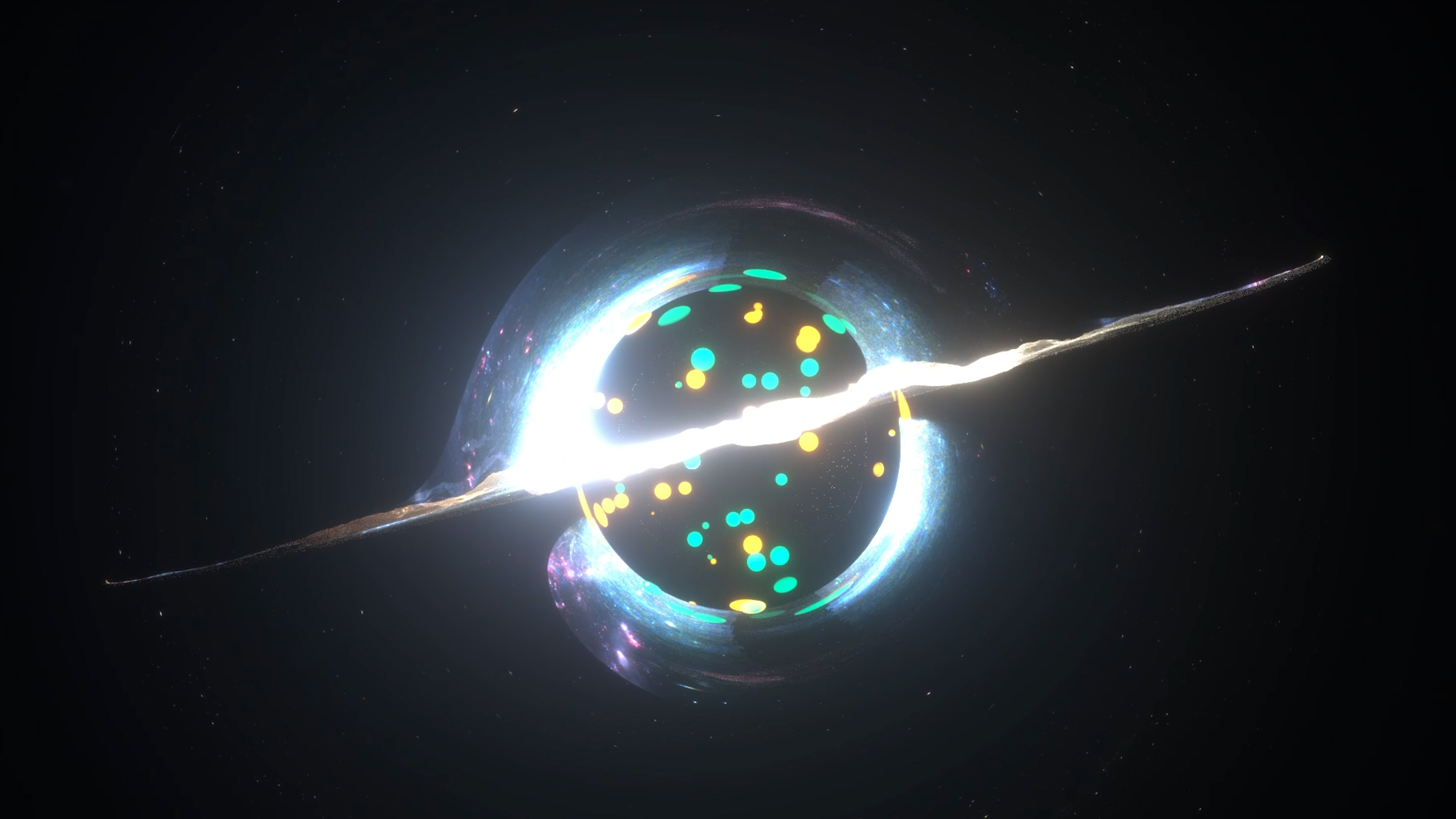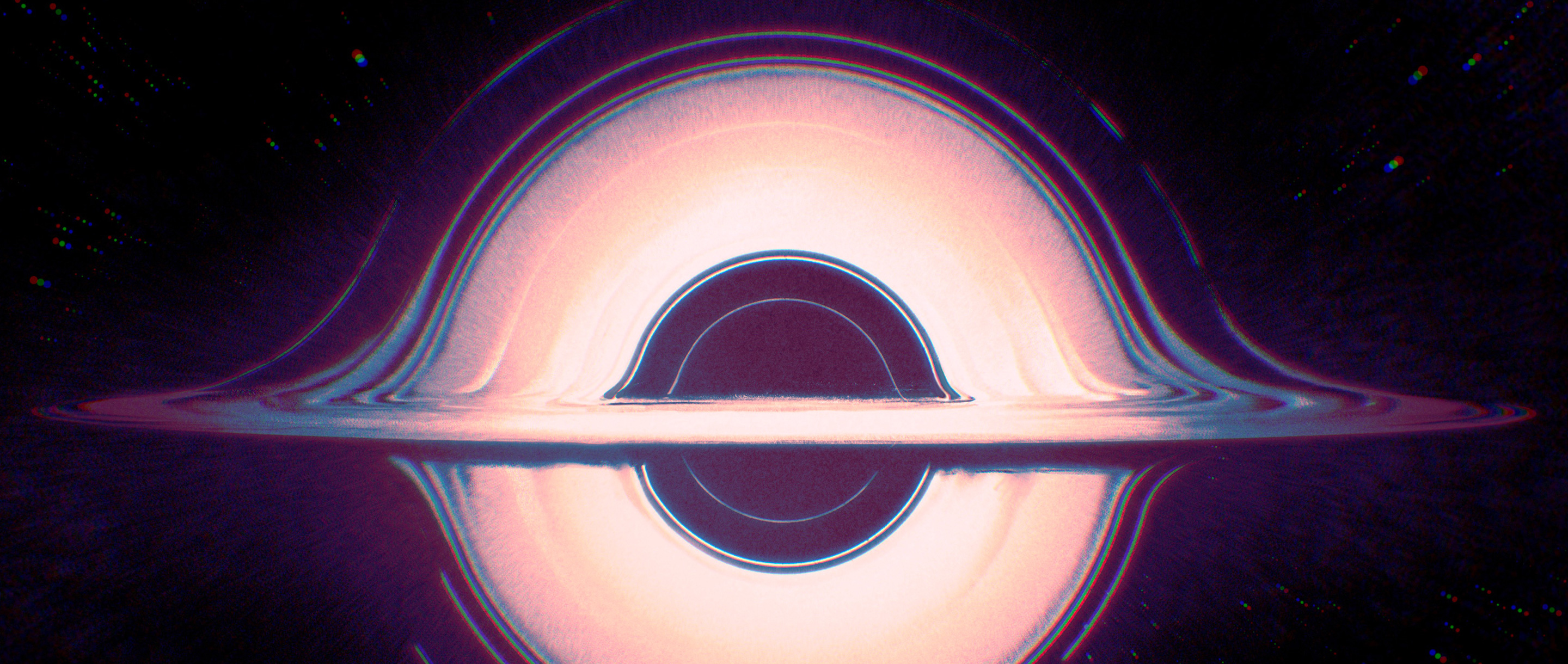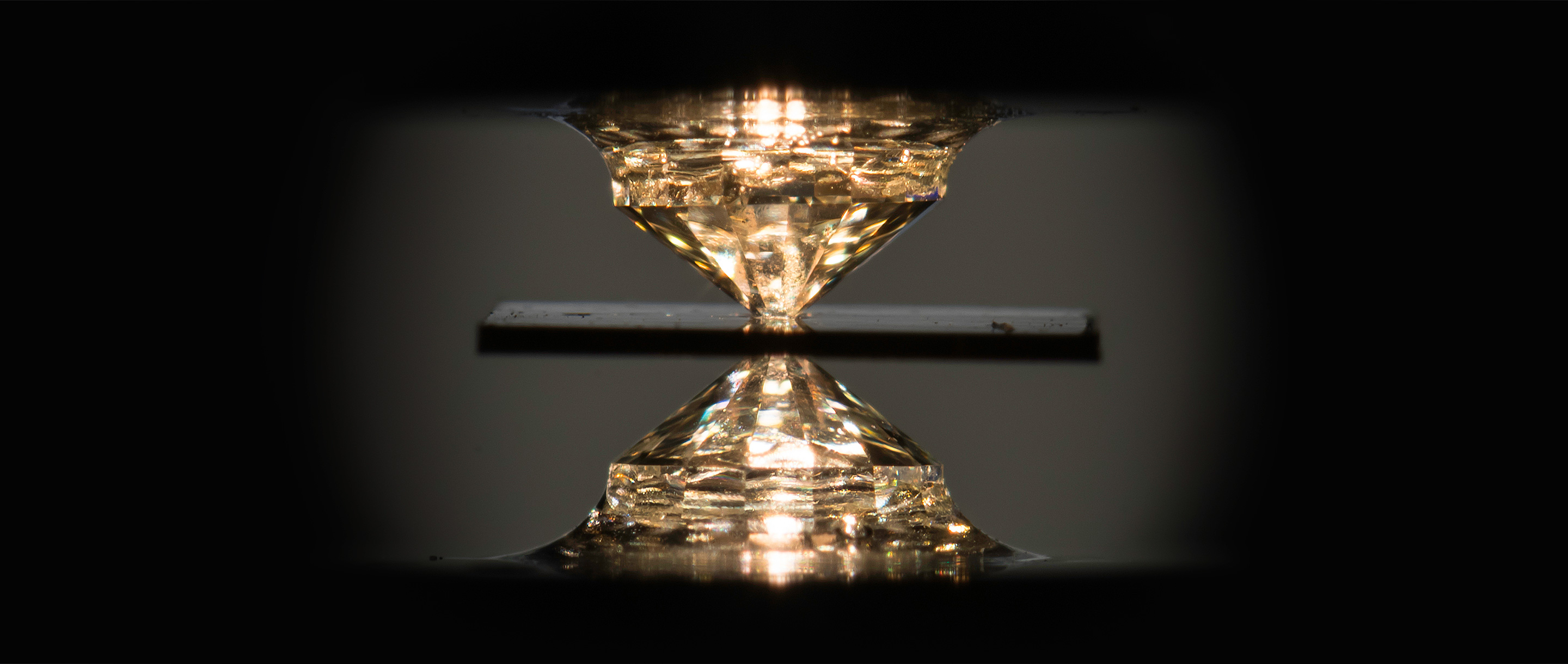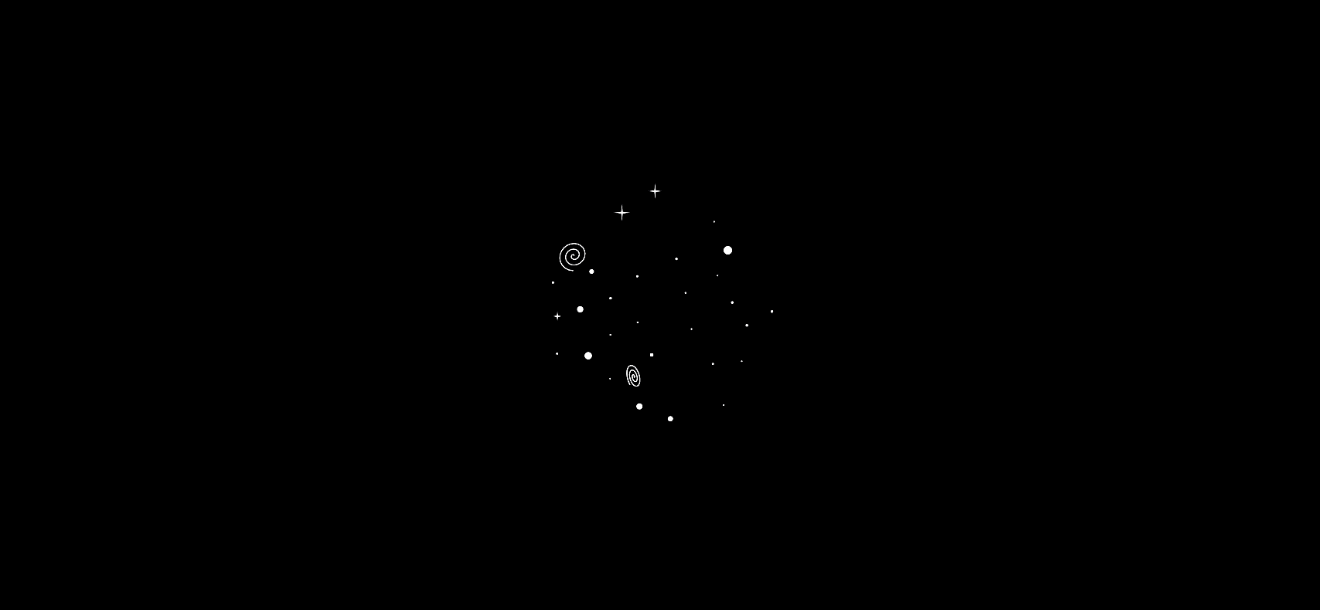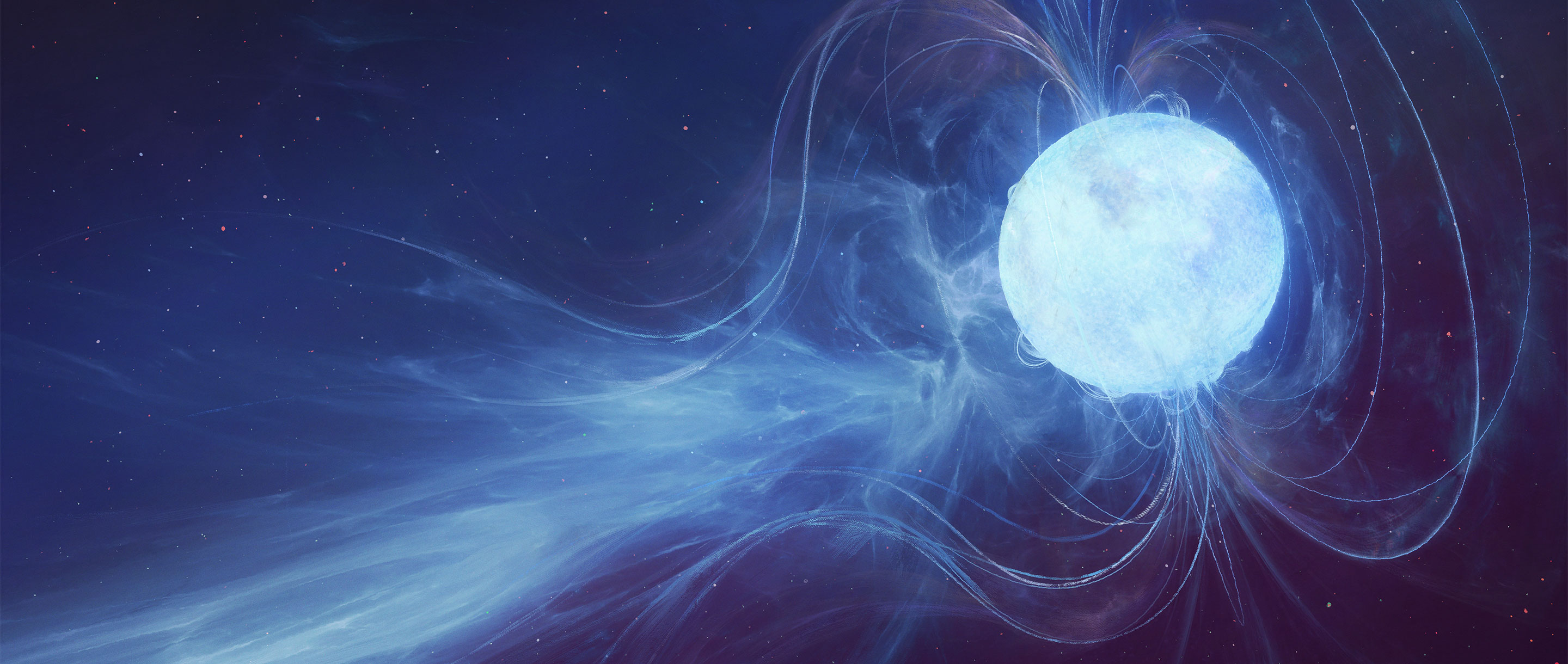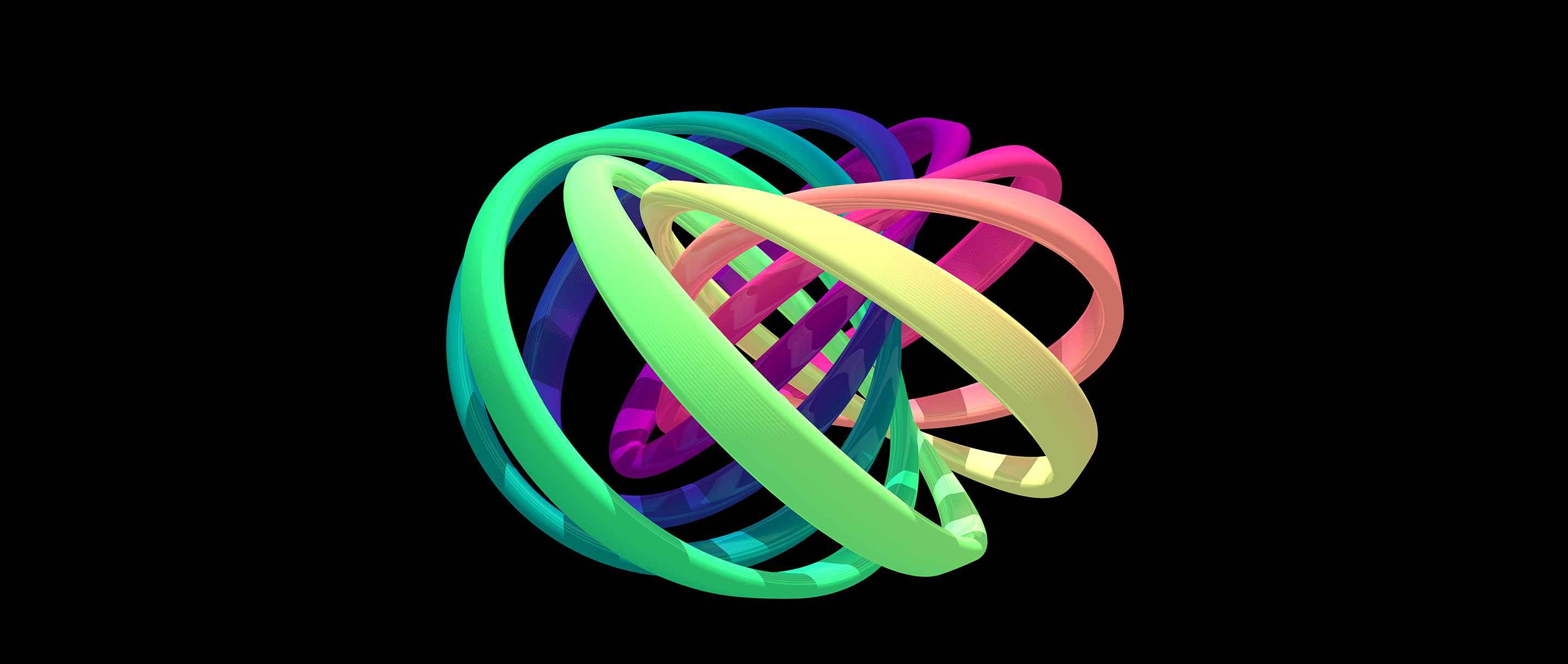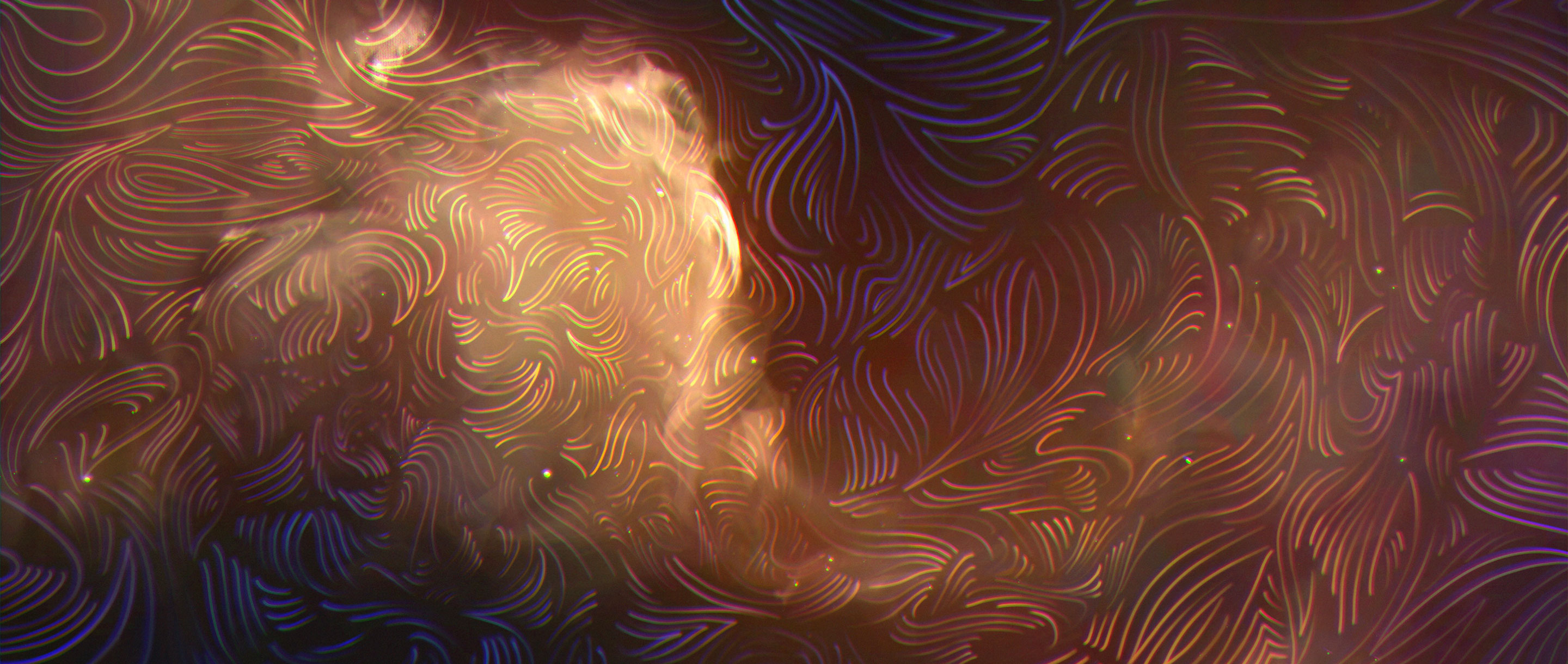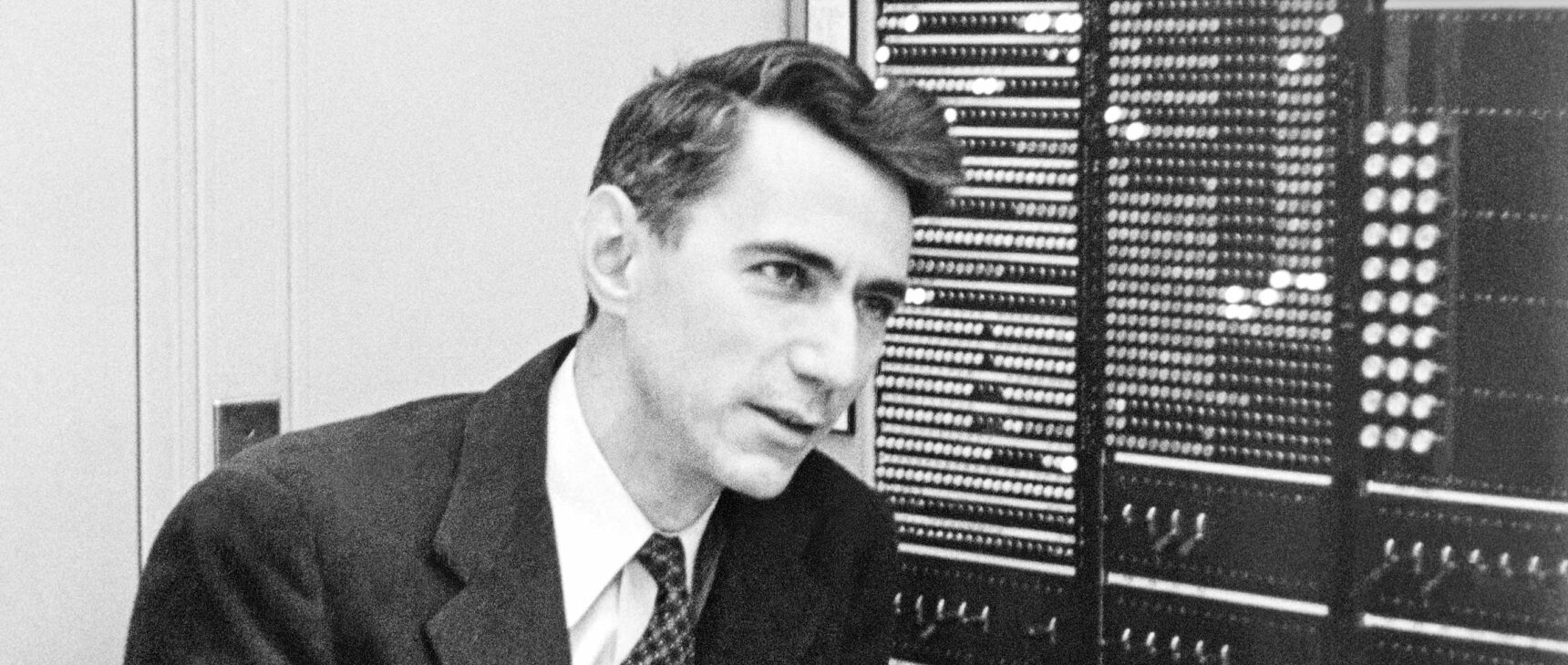Introduction
By now you’ve probably heard the original quarantine-genius story: Isaac Newton, having fled the plague, revolutionized mathematics and reinvented physics. In a pandemic-afflicted year like 2020, it’s natural to hope for some parallel silver lining. Maybe another prodigy’s ideas are being given the time and space to gestate, and who knows what wonders await.
The dour among us might point out that such parallels can only go so far. In Newton’s era, quarantine meant a profound isolation, with little but an apple tree to keep one company. Before Zoom, focus may have been more easily achieved.
But even more important, science itself has changed entirely since then. Until around a century ago, an isolated thinker had a chance of touching off a sweeping intellectual upheaval. Now the biggest questions — even the theoretical ones — tend to give way only under the assault of global teams of scholars.
Still, it is striking that in this year, two such teams have made profound progress on ideas that could bring about the next revolution in physics. These researchers have chipped away at the most tantalizing and recalcitrant problem in theoretical physics: Stephen Hawking’s black hole information paradox. Just as Newton eventually showed that the gravity that pulls at the apples on a tree is the same as the force that holds the moon in orbit, these scientists dream of uniting Albert Einstein’s ideas about gravity with the particles and fields of quantum mechanics. And while that goal might still take a while to achieve, it also took Newton over 20 years to publish his masterwork the Principia. It’s not crazy to hope that the intellectual seeds sowed in this pandemic year — information and entanglement, cross-bred with wormholes and holograms — will one day bear glorious fruit.
Ashley Mackenzie for Quanta Magazine
Progress on the Black Hole Information Paradox
Here’s an extremely brief version of the black hole information paradox: Stuff falls into a black hole. Over time — a long, long time — the black hole “evaporates.” What happened to the stuff? According to the rules of gravity, it’s gone, its information lost forever. But according to the rules of quantum mechanics, information can never be lost. Therefore, paradox. This year, a series of tour de force calculations has shown that information must somehow escape — even if how it does so remains a mystery. “The theory of black holes no longer contains a logical contradiction that makes it paradoxical,” George Musser wrote in his chronicle of the epic work. But much remains confusing, even to the physicists themselves. “In terms of making sense of black holes,” wrote Musser, “this is at most the end of the beginning.”
J. Adam Fenster / University of Rochester
Physicists Create Room-Temperature Superconductors
Levitating trains, lossless power transmission, perfect energy storage: The promise of room-temperature superconductivity has fed many a utopian dream. A team based at the University of Rochester in New York reported that they had created a material based on a lattice of hydrogen atoms that showed evidence of superconductivity at up to about 15 degrees Celsius (59 degrees Fahrenheit) — about the temperature of a chilly room. The only catch: It only works if the material is crushed inside a diamond anvil to pressures approaching those of Earth’s core. Utopia will have to wait.
A New Answer to the Riddle of Time
Ask your average theoretical physicist about the nature of time, and they will probably say that the flow of time is something of an illusion. According to Einstein’s general theory of relativity, the three dimensions of space are woven together with one dimension of time in a “block universe” that encompasses the entire past, present and future. “For us believing physicists,” Einstein wrote in 1955, weeks before his death, “the distinction between past, present and future is only a stubbornly persistent illusion.” Yet a new idea about time and chance — one that comes from an old idea about mathematics — might offer us a way out of our block-universe prison.
Maciej Rebisz for Quanta Magazine
Astronomers Uncover the Source of Fast Radio Bursts
A dazzling cosmic strobe has ended an enduring astronomical mystery. Fast radio bursts — blips of distant radio waves that last for mere milliseconds — have eluded explanation since they were first discovered in 2007. Or rather, astronomers had come up with far too many theories to explain what are, for the brief time they’re alight, the most powerful radio sources in the universe. But on a quiet morning in April, a burst “lit up our telescope like a Christmas tree,” said one astronomer. This allowed researchers to trace its source back to a part of the sky where an object had been shooting out X-rays. Astronomers concluded that a highly magnetized neutron star called a magnetar was behind the phenomenon.
David S. Hall, Amherst College, using code developed by Niles Johnson
Hard Evidence for a Third Kingdom of Particles
The universe is broken into two kinds of particles: either bosons or fermions, force-carriers or specks of matter. But if you create a toy universe, one with only two spatial dimensions instead of our familiar three, the rules of particle behavior change. In this 2D universe, the rules of topology allow for the potential existence of a third type of particle: the anyon. Anyons were first predicted in the 1980s, but only this year were experiments able to conclusively confirm their existence.
Pauline Voß for Quanta Magazine
Vast Magnetic Fields Could Solve Cosmic Riddle
The biggest puzzle in cosmology right now has to do with the Hubble constant, a measure of the speed at which the universe is expanding. Data from the early universe predicts one value. Data from the modern universe predicts another. What might be causing the discrepancy? Cosmologists have no end of ideas, but one overlooked option is the possible existence of magnetic fields at the birth of the universe. Key evidence in favor of this hypothesis emerged when astronomers discovered the largest known magnetic field in the cosmos — 10 million light-years of magnetized space permeating the voids between galaxy clusters. Where could it have come from, if not the Big Bang itself?
